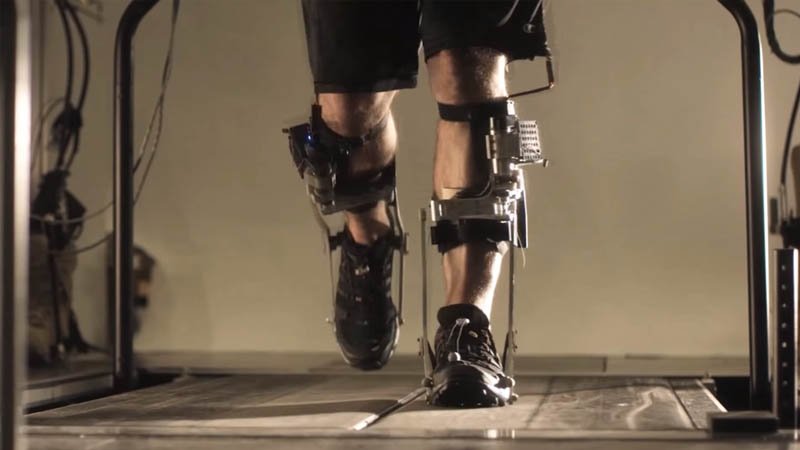

Traditional therapies usually focus on treadmill training to improve functional mobility [8]. This rehabilitation technique is known as partial body-weight support treadmill training (PBWSTT). Three therapists assist the legs and hip of the patient walking on a treadmill while part of the patient’s body weight is supported by an overhead harness.
Many robotic systems have been developed with the aim to automate and improve this training technique as a means for reducing therapist labor. Usually these systems are based on exoskeleton type robots in combination with a treadmill
Some ways in which robotics can help are: monitoring and controlling movement speed, direction, amplitude, joint coordination patterns, and controlled perturbations; providing weight support with minimal exertion; and offering the potential for more reliable, standardised tests and goniometry measures
Kids suffering from cerebral palsy may soon have a powerful new physical therapy technique in the form of robotic assistance for their legs. A study is being conducted on the potential benefits of the system, newly adapted for the use of children.